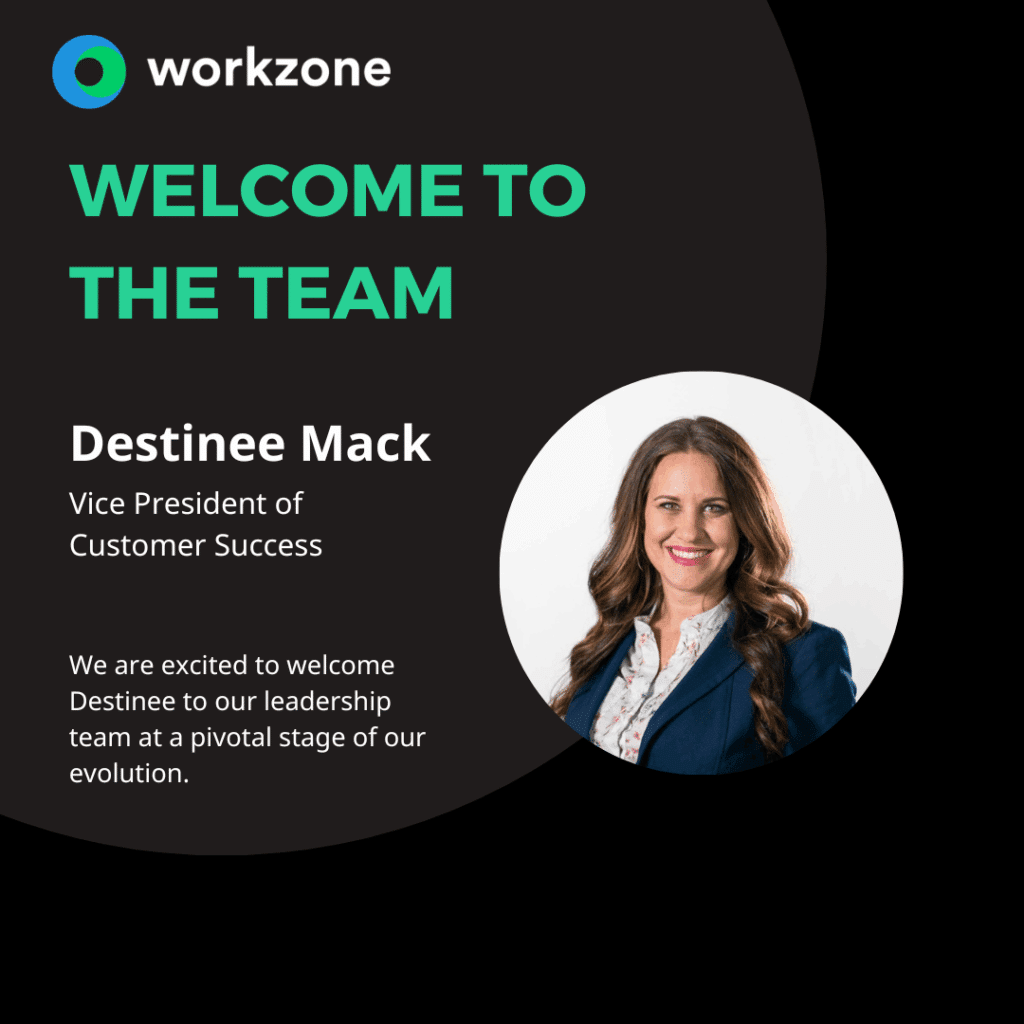How to Position Your Project for Success

- Was my project delivered on time?
- Was it delivered within budget?
- And what about quality – did I deliver a deployable, usable, error-free system?
I’ll add a fourth…How about customer satisfaction? The customer needs to be satisfied with the end product.
Let’s consider project success and failure at the mid-stream of the project rather than at completion. We’re 40% of the way through an engagement…is the customer happy? Are we delivering on time? Is the budget healthy? What are our failure points so far? When the project is still in mid-stream, if we can recognize issues and make good decisions and act proactively, we may be able to solve whatever is going wrong…whatever seems to be causing our project to fail…and take some action to correct it.
It may take some digging to figure out where and why your project is failing, but from my experience, there are usually these three root causes of project failures to start examining that are still within the project manager’s control to take action on and hopefully ‘right the ship’, so to speak: an out of control budget, an ever-growing issues list, and a disengaged customer or project resources.
Control your budget.
This can be both an impossible thing to fix and an easy one to prevent, depending on the project. Seriously, if your budget is overrun by 50%, then it’s not likely you’re going to ever see the light at the end of the budget tunnel. But if it’s in a more manageable position of say, 10-20% over, then there definitely are a couple of things you can do to correct the situation.
First, start managing the budget on a weekly basis. Forecast and re-forecast every week. Update the budget with actuals and share it with your team so that you and your project team know where it stands at all times. Trust me, a project team that knows you’re watching the project budget closely will sometimes even accidentally help you ‘fix’ the situation. Marketing project management software can aid this process immensely. At the end of the week everyone needs to put their work hours somewhere. If your team members know you are watching hours and expenses closely, then they aren’t going to put their ‘grey’ hours (those hours we know we worked, but aren’t sure what we worked on) to your project – they’ll charge them to another project they are working on.
Second, pay extreme attention to scope management. You can’t do it alone – engage your team as well. On a project where your top developers are working closely with the customer, it can become easier for them to gold plate their work or say ‘yes’ to small enhancements along the way. That gold plating or those ‘little’ enhancements add up over time and soon you have many hours of unplanned – and non-budgeted – work expended. Online collaboration software will help to get everyone on the same page. Educate your team on the change order process and make sure they are on the lookout for work that is requested beyond the agreed upon scope. When those issues arise, they know to bring them to you – with an estimate – that you can then turn into a change order to present to the customer so they can pay for that work.
Keep your issues list from growing.
This may be one of the single most frustrating situations to be in. It’s happened to me on two projects – both of which I inherited with an already loooong list of outstanding issues that the project team was trying to resolve. You can fight a fire with a garden hose, but you’re not likely to get too far…and when it starts spreading, watch out. On both projects, I found that I had to basically halt all current project work and block out time – two weeks on one project and a full month on the second one – to dive into and resolve the issues. Trying to move forward AND resolve old issues was getting us nowhere.
Yes, halting work and focusing key resources on issue resolution ate through the project budget quickly. But had we not done that – and it was indeed a successful action for both projects – the project customer most assuredly would have pulled the plug on their respective engagements and that would have been a far greater disaster than an overrun budget with no more income coming in to offset any of it.
Engage your customer.
Whether it’s your project resources or the customer, having critical project resource either unavailable or not fully engaged in what’s happening on the project can be frustrating. It can lead to overlooked issues, incomplete deliverables, decreased customer satisfaction, and increased costs and extra time spent making decisions and completing tasks using less experienced or non-key personnel. Online collaboration software will help all members of your team recognize the problems plaguing your project.
The best way I’ve found to keep resources and customers engaged on the project is to keep them productive and accountable. For your project team, be sure to hold weekly internal meetings prior to the weekly customer meetings and make your team members accountable for their assigned tasks. Have them participate in the project status calls with the customer. Use cloud-based project management to ensure that everyone has access to the same communication resources. Likewise, with the customer, find tasks for them to do. Big or small, it doesn’t matter…the key is to give them tasks that they must be accountable for so they aren’t skipping meetings and forgoing project work for their ‘regular’ jobs. You need them available for key decisions and to review work – hold ups and delays cost money.
Pulling it all together.
These are just three areas of stressors on a project, but are very important to keep under control. They stick out in my mind because they were extremely frustrating and significant – for the project, for my customer, and for my executive management. Resolution had to happen or the projects were going to collapse.
[text-blocks id=monster-newsletter]
Last updated on May 29, 2025



